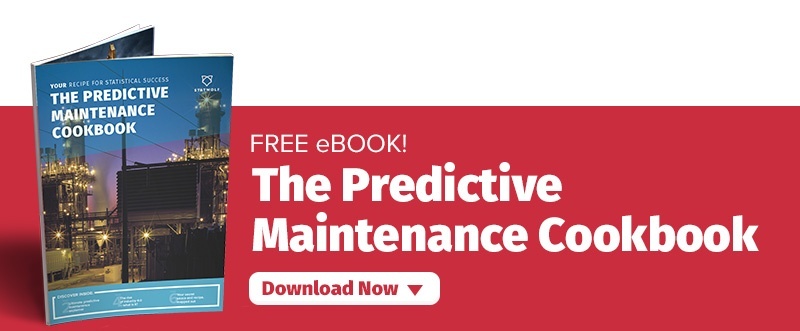Why you can’t continue to ignore predictive analytics
In April 2017, a director named Benjamin released his second short film. Premiering on the site Ars Technica, this was the first hint that there was something out of the ordinary about it.
The film, It’s No Game, focused on two writers who are going on strike and how that doesn’t matter to the studio because they can get computers to write scripts using artificial intelligence instead. The twist: ‘Benjamin’ is actually an algorithm driven by artificial intelligence.
Bizarrely, the film also stars David Hasselhoff as the algorithm made flesh. It’s a thoroughly odd movie, but it’s a sign of the times. Call it what you like: machine learning, artificial intelligence or neural networks – but this signals a change in the way the world does business.
A recent study by Accenture analysed the 12 biggest global economies and predicts that artificial intelligence has the potential to double their annual economic growth rates by 2035. Accenture emphasises the point that this is not the doomsday scenario of robots coming to take our jobs, but instead it’s a way to allow people to do their work more efficiently.
Peter Wallqvist is the CEO of Ravn – a company that uses cognitive computing to extract information from data for law firms. He illustrates why artificial intelligence is changing the face of law by telling the story of lawyers at a telecommunications company.
“[They] would tell us about documents they had to review. They told us how they had to go through 1,000 documents, which would take three people six months to complete. [With artificial intelligence] we can do that in a matter of days.”
Driving forward with predictive analysis
Amazon, Microsoft and Google spent over €30 billion on new data centres in 2016 alone – which ties in with their stated goals to become machine learning-led companies. Given the computing power these systems need, the move to enormous data centres seems prudent.
Let’s look at the world of car manufacturing for a minute. First of all, the machinery needed to build a modern car is hugely expensive. This means that it needs to run uninterrupted during manufacturing shifts to make sure the car company pays off its investment. These machines run essentially 24 hours a day with 12 hours per month downtime where regular maintenance is carried out.
But sometimes these machines are shut down due to mechanical failure. These failures could often be avoided if data from the machines was available to predict the failure – so that the repair could take place in the designated maintenance window when the machine is not running anyway.
A study put the cost of these unintended delays at up to €17,000 per minute. With machine learning software, a leading American car maker was able to cut its unintended downtime by 42 percent.
Removing randomness
Instead of seemingly random breakdowns, the AI-enabled programme could predict where the breakdowns would happen next and even order the replacement parts so that they would be to hand when the next scheduled maintenance was due to happen.
Machine learning can even tackle some of the biggest problems of our time. Take the example of traffic jams. A recent study in the US showed that traffic congestions costs $121 billion per year in terms of wasted fuel and associated costs like making people late for work or appointments.
Cars are just idling (standing still with the engine on) around 40 percent of the time that they are on the road in urban areas in the US. Quite aside from the economics, there is a huge environmental cost too. This idling wastes 56 billion pounds of carbon dioxide each year too.
In looking to solve this problem in one American city – Pittsburgh – planners decided that one of the main culprits was the traffic light system. Most traffic light systems run on a fixed-time model. So it’s green for 45 seconds and then amber for five and red for 45 seconds. This remains the same regardless of the traffic.
Pittsburgh decided to implement a solution based on an artificially intelligent system. The system could analyse traffic patterns around the city in real-time and then programme the traffic lights to make traffic run at its most efficient level.
The results were astounding. In the areas where the trial was completed, the time a vehicle was idling was reduced by 41 percent and emissions dropped by 21 percent.
That’s the beauty of predictive analytics – you can see what’s going to happen before it happens. It’s not just predictive analytics in industry though – it can be harnessed to predict marketing outcomes, financial results and buying behaviours too.
Think machine learning could help your business?
If you work in manufacturing and you have machinery that supplies data, then you can use that to predict breakdowns and prevent them from hitting you by surprise.
No matter the size of your business, Statwolf can design a bespoke system tailored to your concerns, that will help you minimise your downtime and make the most of your resources.
Want to make sense of your data? Download our comprehensive guide: The Predictive Maintenance Cookbook.



